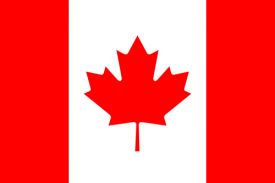Canadian Dollar Overview
Significance of the Canadian Dollar
The Canadian Dollar (CAD) is the official currency of Canada. The symbol used for the Canadian Dollar is $.The Canadian Dollar is held as a save cash by various national banks. It is otherwise called a product money, because of the nation’s significant crude material fares.
Presentation of the CAD
The principal banknotes were issued in Canada in 1821 by the Montreal Bank and soon turned into an essential technique for installment. In 1841, as a British settlement, the Province of Canada started to issue a cash called the Canadian Pound; yet in 1858, the Canadian Dollar supplanted the Pound and lined up with the US Dollar. After Canadian Confederation, the legislature decimalized the cash and another arrangement of coins was issued in the Dominion of Canada. The Bank of Canada was set up in 1934 with the principal issue of banknotes a year later.In 1987 and the two-dollar coin (frequently called the Toonie) was propelled in 1996. In 2011, the Central Bank of Canada issued another arrangement of certified receipts imprinted on a polymer material.
Currency Facts
Name: Canadian Dollar
Symbol: $ Cent: ¢
Minor Unit:
1/100 = Cent
Central Bank Rate: 0.50
Top CAD Conversion:
USD/CAD
Top CAD Chart:
USD/CAD Chart
Inflation: 1.60%
Nicknames: Loonie, buck (English), Huard, piastre (French)
Coins:
Freq Used: $1, $2, 5¢, 10¢, 25¢
Rarely Used: 1¢, 50¢
Banknotes:
Freq Used: $5, $10, $20, $50, $100
Rarely Used: $1, $2, $500, $1000
Central Bank:
Bank of Canada
Website: http://www.bankofcanada.ca
Users: Canada

